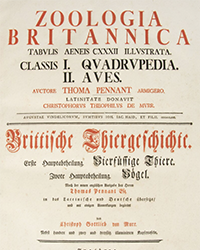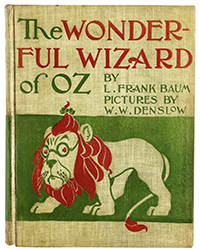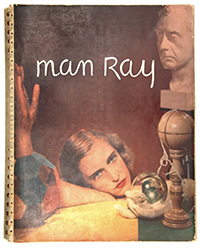These are dangerous times in which we live. War is again in the air. America mostly feels distance, our only recent experience being a one-sided thrashing of Iran from the air. We are far enough away to feel secure, as we did before Pearl Harbor surprised us. Europe does not feel such security, Eastern Europe in particular. Ukraine is under invasion and constant bombardment. It's neighbors know they will be next if the invasion is successful.
America once provided great security to Europe, but the dependability of America is no longer taken for granted. America blows hot and cold. It has sounded more supportive of NATO of late as a result of Iran, but America's support of NATO has been very tentative at times in recent years. Putin knows how to use flattery to divide America from its European allies and that could happen again as the Iran incident blows over.
Of course, the major threat of war is death and destruction. It's hard to think of much else besides your life and habitat when war is in the air. However, there is another risk that while its immediate threat is not as great, its long-term threat can be everlasting. You may not feel it as much when you are fighting for personal survival, but long-term, the destruction of your culture and heritage will be devastating to your children and grandchildren. With this in mind, those nations closest to the firing line, Poland and the Baltic states, are taking precautions to protect their cultural assets if and when the bombs rain down on their lands.
At a recent press conference in Warsaw, Poland's Culture Minister Hanna Wroblewska said the Ministry of Culture is preparing a plan to protect the nation's cultural assets in case of an invasion by Russia. She explained a contingency plan is “absolutely necessary, because the war in Ukraine taught us that [a Russian invasion] would trigger a war not just for territory, not just to destroy our national identity, but also our culture.” They will pattern their plan on the actions of Ukraine as Poland played a major role in protecting Ukraine's culture, along with the lives of many of its people. Russia's actions and government comments indicate they would like to make Ukraine a part of Russia, their culture Russian. Wroblewska pointed out that, in the war in Ukraine, "the Russian side is using culture and works of art as weapons."
Poland is working with other countries to hold parts of collections from 160 state institutions, possibly some private ones, if necessary. Artifacts to be protected include rare books, early printed works, artworks, sculptures, and musical instruments. This will all require a lot of documentation to prepare for the day when Poland's cultural property can be returned. It also regrettably will require triage as there will not be sufficient time and space to relocate all of Poland's cultural assets. Unfortunately, not all such items will survive an invasion. Sadly, the same as is true of Poland's people.
Meanwhile, the Baltic states are taking their own precautions. Latvia, Lithuania and Estonia lived under the Russian thumb before, and being small countries right on the Russian border, they recognize the danger. British Army Lieutenant Colonel Tim Purbrick, a Military Cultural Property Protection Officer, put together a course on protecting cultural assets. He has delivered it to NATO members whose locations would put them on the front lines of a conflict with Russia. He teaches members about legal obligations with regards to cultural property. The 1954 Hague Convention requires that in case of armed conflict, the parties “must protect all cultural property, whether their own or that situated in the territory of other States Parties.”
Of course, if Russia invades these NATO countries, as it did Ukraine, it will display a disregard for international law, but other countries do obey their obligations. The course was given earlier this year in Tallinn, Estonia. Lt. Col Purbrick explained, “Cultural property is the physical and often iconic representation of our cultures – it could be monuments, buildings, fine arts, archives, archaeology or almost anything that the State declares to be cultural property. When we are fighting from a trench, we fight for the comrades alongside us. But, take a step back and the reason why we are in that trench is to protect our freedom, our way of life and our culture – the things which collectively make us the communities and societies that we are.”

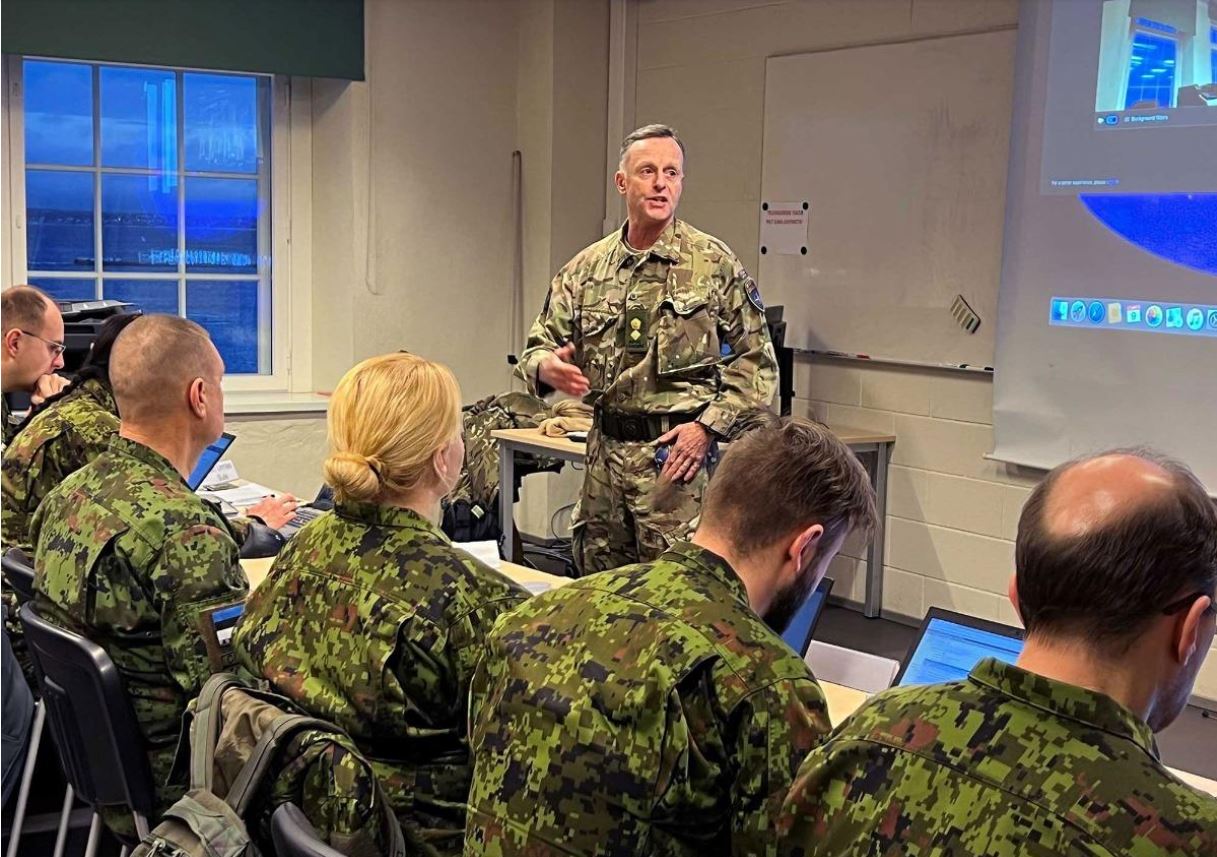
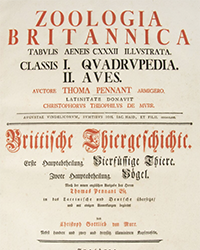
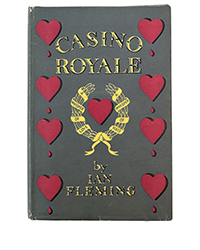

![<b>Sotheby’s:</b> Ernest Hemingway. <i>Three Stories And Ten Poems,</i> [Paris], (1923). First edition of Hemingway’s first published book. $75,000. <b>Sotheby’s:</b> Ernest Hemingway. <i>Three Stories And Ten Poems,</i> [Paris], (1923). First edition of Hemingway’s first published book. $75,000.](https://ae-files.s3.amazonaws.com/AdvertisementPhotos/acf970a0-a15d-4c79-aa24-5e8e414cb465.png)
